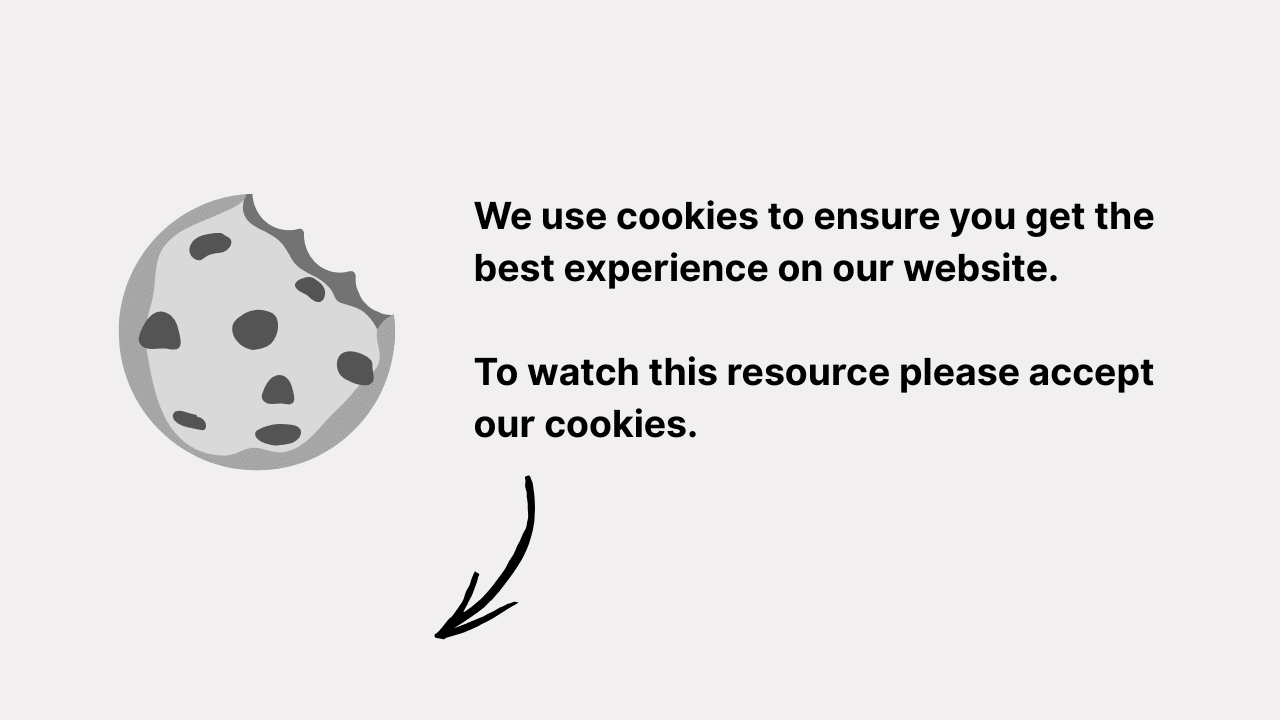Video Transcript
Hi Marco, thanks so much for your question. Actually, you can do this right now. It’s not that straightforward, but you can achieve it. So, there’s no need for you to wait for any future updates.
I’ve taken the starter to return, and what you said is that you want to first provide these two pieces of information: write a business summary for the company and provide details of the industry with data. This is part one of what you’re trying to achieve.
Now, let’s move on to part two. Let’s call it part two. Now, part three will depend on the answers from parts one and two, and then you have part four.
It’s important to think about this as if you’re giving it to your assistant. Let’s call this context. It doesn’t matter; I’ll just keep it as part one, part two, part three.
Now, let’s go to Team GPT and create a new template. Since you’re going to be executing these four parts, there are basically four prompts, so four templates. Let’s call it Automation Template 1, Part 1. This is part one of the automation template.
Now, what is the prompt for the initial conversation? You mentioned digital strategy, content, and blogging, right? I would like to define the buyer persona first. This is very important. Let’s assume the role of an experienced marketing specialist. I can copy-paste the persona we already have, but you want this persona specifically for blogging and copywriting.
Okay, now that I’m in the correct headspace, I can proceed. I’m creating the template, and I say, ‘The company I’m interested in is [insert variable].’ Then, I provide some more information about it. Let’s say, ‘Here’s a short summary of the company we’ll be working for.’
Perfect, this is the first part. Click save. Here is the automation. Next, we move on to part two, which is defining the buyer persona based on the conversation so far. I’ll create a new template called ‘Template 1, Part 2 – Define the Buyer Persona.’ This will be based on the conversation we’ve had so far. Then, I’ll suggest a digital strategy aimed at the business goals, considering the context. This will be part three. Finally, we have part four, which is to create a content calendar considering the context so far.
Now, you can see that I have these templates. If I start running them one after the other, it will be part one, followed by part two, and so on. You can automate this process in the product. We might do it in the future, but for now, you can manually execute these prompts.
You’ll see that these prompts come one after the other. It’s great for creating a workflow for whoever is working on this. You can set it up as a process, and here are the strategies, etc. You can even create a new folder called ‘Content Strategy Automation’ and keep all these templates in one place.
This way, whoever is working on it will have easy access to them. You can rename the templates and organize them as needed. Throughout the process, you have flexibility to see if things are going well.
One thing I recommend is to have a separate conversation if you want to start over with GPT-4, for example. You can start a new conversation and use GPT-4 from the beginning.
That’s it! I hope this was helpful. Let me know if you have any other questions.

 Please accept
Please accept